The 5 Paid Subscriptions I Actually Use in 2025 as a Software Engineer (And Why They’re Worth…
From coding copilots to collaborative whiteboards — here are the tools I happily pay for every month, and how they’ve supercharged my…

Yes, I pay for software — but only the ones that actually make me faster, sharper, and better at my job.
From coding copilots to collaborative whiteboards — here are the tools I happily pay for every month, and how they’ve supercharged my developer workflow.
We’ve all been there — signing up for shiny new tools, riding the free trial wave, and then ghosting once the invoice hits.
As a software engineer, I’ve tested dozens of productivity tools, IDE plugins, design platforms, and AI companions over the years. But in 2025, I’ve narrowed my list down to five paid subscriptions that I actually use — consistently, and with zero regret.
These are not just “nice-to-haves.” They are friction removers, time savers, and creativity boosters. I don’t just use them — I rely on them.
Here’s the breakdown of the five tools that have earned a permanent spot (and budget line) in my tech stack this year.
1. GitHub Copilot
The pair programmer who never sleeps
Learn more about GitHub Copilot →
If you write code, you’ve probably seen Copilot in action — suggesting entire functions, writing test cases, or auto-filling boilerplate code. But in 2025, GitHub Copilot is no longer just autocomplete on steroids. It’s become a context-aware, highly intelligent assistant that understands the architecture of your project over time.
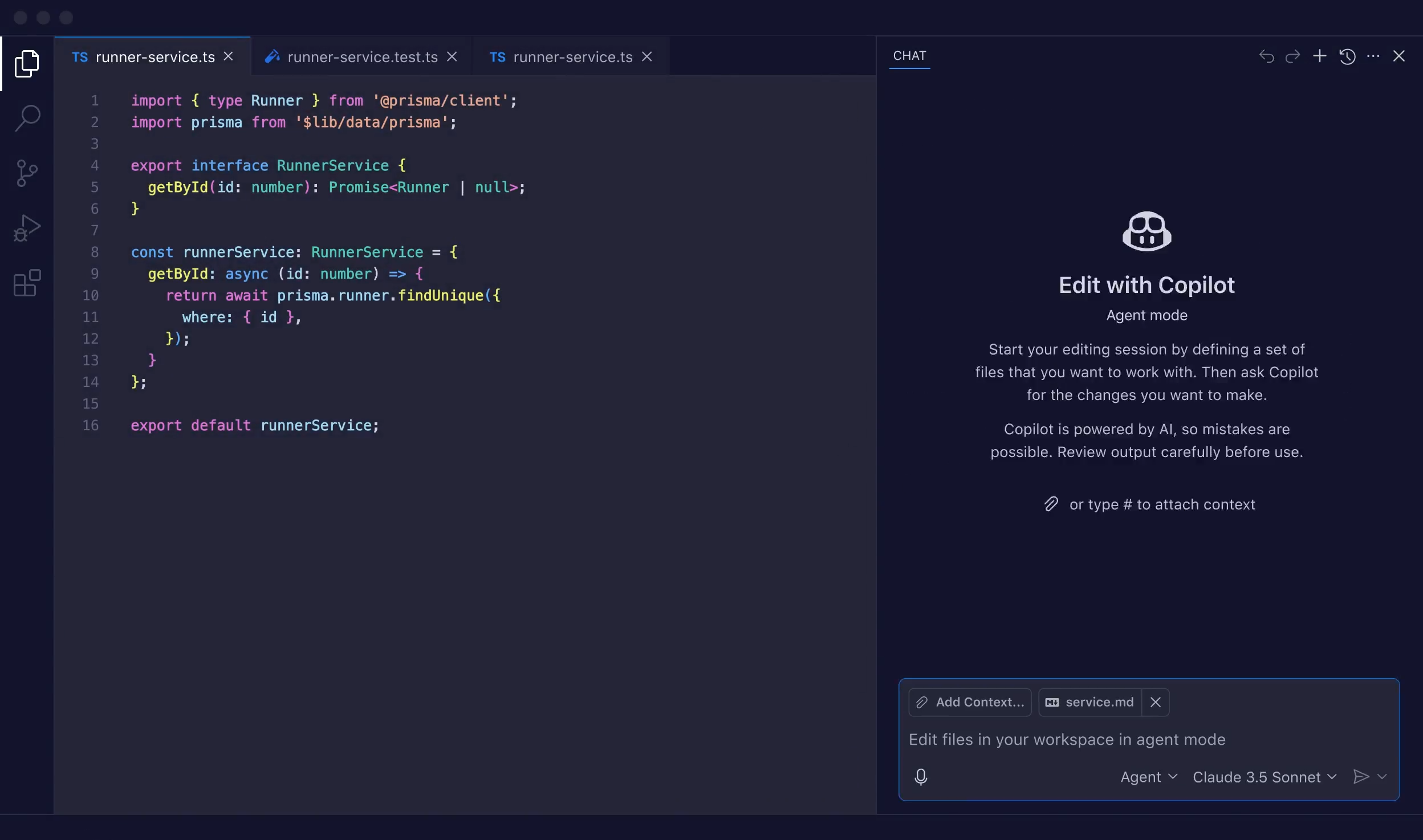
Why I pay for it:
Accelerated coding: It completes repetitive tasks in seconds. I often say Copilot writes the boring 40% of my code.
Better focus: Instead of switching tabs to look up syntax or utility methods, I stay in flow.
Test generation: It’s surprisingly good at scaffolding unit tests — something I used to dread.
Support for multiple languages: Whether it’s Python, JavaScript, SQL, or YAML — Copilot adapts fast.
Pair Copilot with a good LLM-based code explainer like ChatGPT to debug or learn unfamiliar patterns.
If you write code every day, this is a no-brainer investment.
2. Figma
The design tool even backend devs can love
I’m not a designer. But in 2025, Figma has become the universal language between devs and design teams — and I’ve grown to love it.
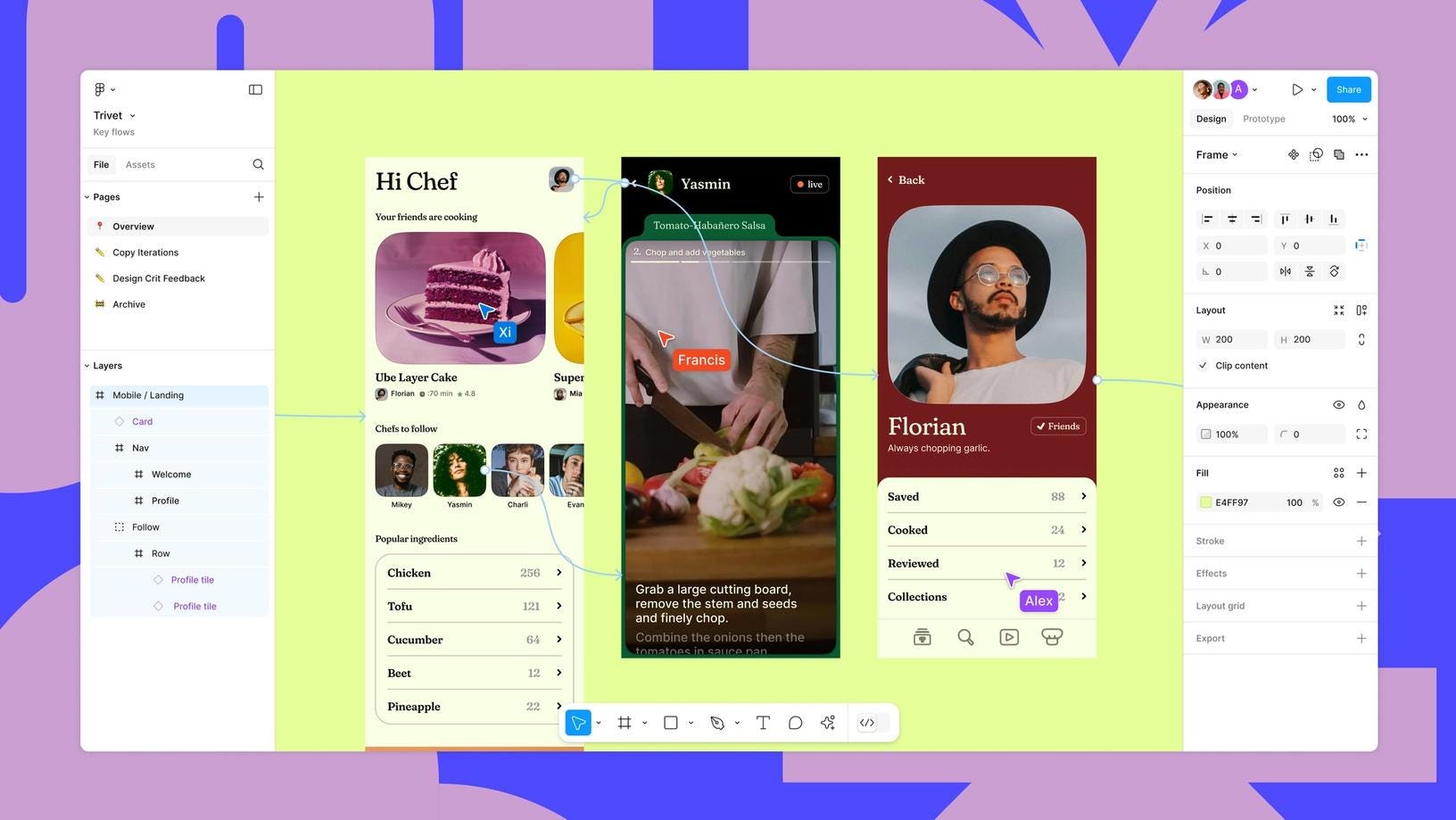
Whether I’m building UI components in React, reviewing mobile flows, or giving feedback on UX prototypes, Figma makes me part of the design conversation.
Why I pay for it:
Dev Mode: Lets me inspect CSS, spacing, assets, and export code-friendly values.
Real-time collaboration: I can comment, ask questions, or brainstorm live with designers.
Wireframing ideas: I use it to quickly sketch out dashboards, API visualizations, or data flows.
Version control: Changes are traceable, which helps in design audits.
I once mocked an entire admin panel flow during a product sprint using only Figma and Eraser.io. No code. Just clarity.
Essential if you work closely with product or design teams — even as a backend dev.
3. Medium Subscription
Because good ideas need good inputs
I know — paying to read articles might seem odd in an era of free content. But Medium isn’t just a blog platform anymore. In 2025, it’s evolved into a curated knowledge hub for professionals, with personalized feeds, ad-free reading, and community-backed writing.
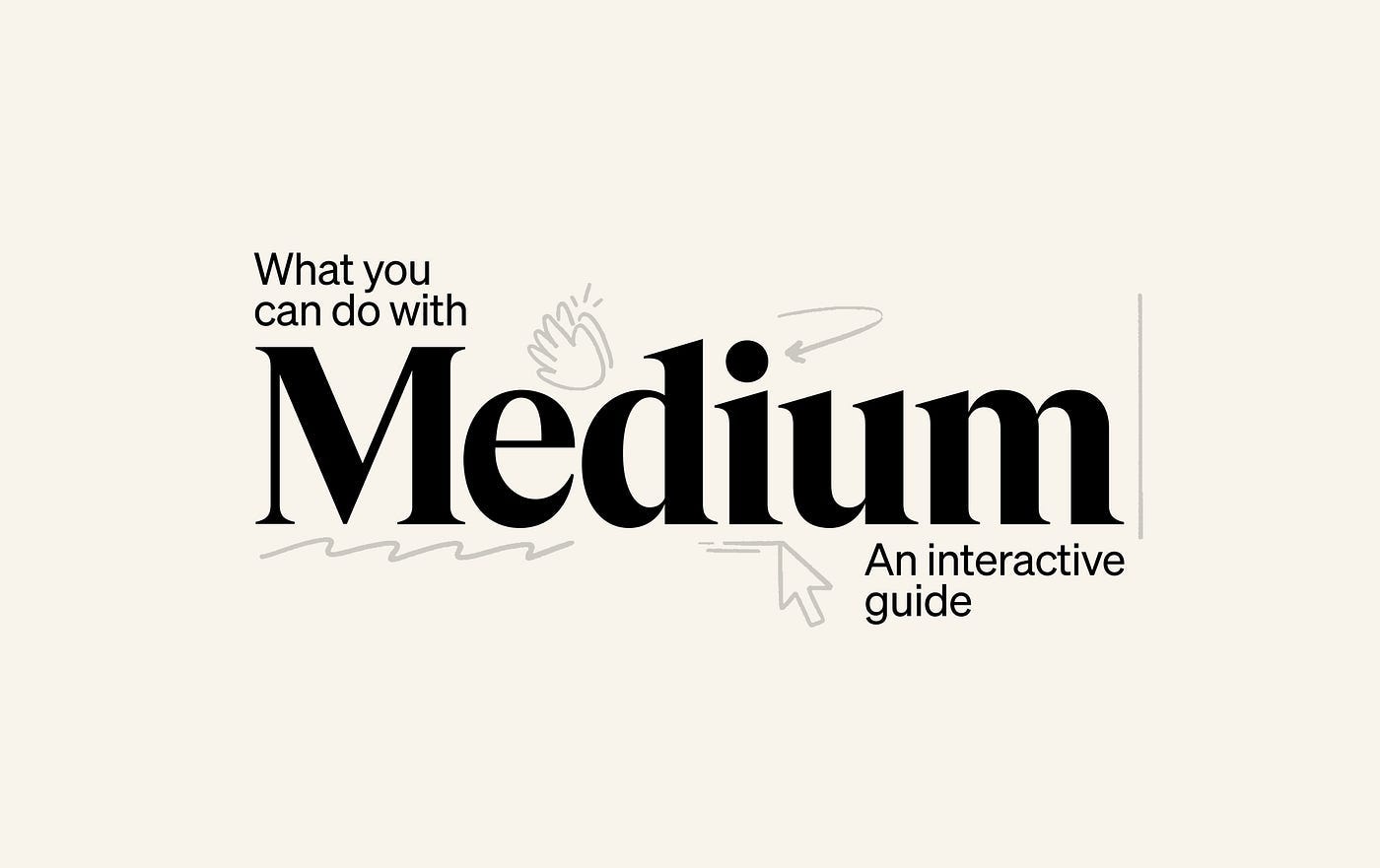
As someone who writes and reads here regularly, this is a subscription I feel good about.
Why I pay for it:
High-quality writing: From career stories to deep-dive tutorials, it’s where I learn from other devs, PMs, and tech leads.
Motivation to write: Knowing I’m part of a platform that values and rewards writing pushes me to publish more.
Curated newsletters: Weekly tech digests help me stay updated without doomscrolling Twitter or Reddit.
Support for creators: Every time I clap or share, I support someone’s effort. That matters.
I discovered freelance and passive income opportunities (like writing for Substack or publishing ebooks) through Medium essays.
If you’re serious about learning, growing, or building your personal brand — Medium pays off.
4. Eraser.io
The fastest whiteboard I’ve ever used — and I’ve tried them all
I stumbled upon Eraser.io last year while searching for a no-friction whiteboarding tool to plan out a microservice refactor. Today, it’s my go-to for technical brainstorming.
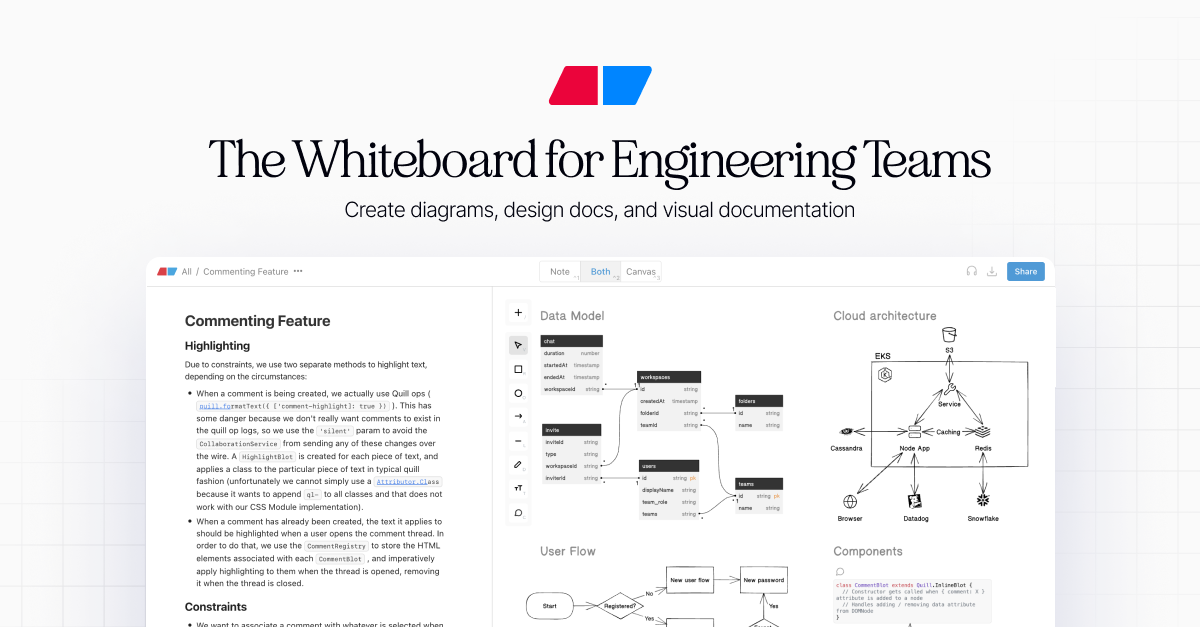
Think: Google Docs meets Miro — but optimized for engineers.
Why I pay for it:
Snappy interface: It loads fast, works in the browser, and doesn’t feel like dragging boxes on molasses.
Code blocks & markdown support: Great for writing tech specs, drawing sequence diagrams, or database schemas.
Live collaboration: My team uses it during architecture discussions and retros.
Clean exports: Easy to drop into a Notion doc or slide deck.
I created an “idea board” template in Eraser that I revisit weekly — part roadmap, part mind map, part mood board.
If you’ve ever opened a doc just to “draw something real quick,” Eraser is worth paying for.
5. ChatGPT (Plus Plan)
My daily rubber duck, code reviewer, and idea generator
Yes, I pay for ChatGPT — and no, I don’t just use it to write blog posts.
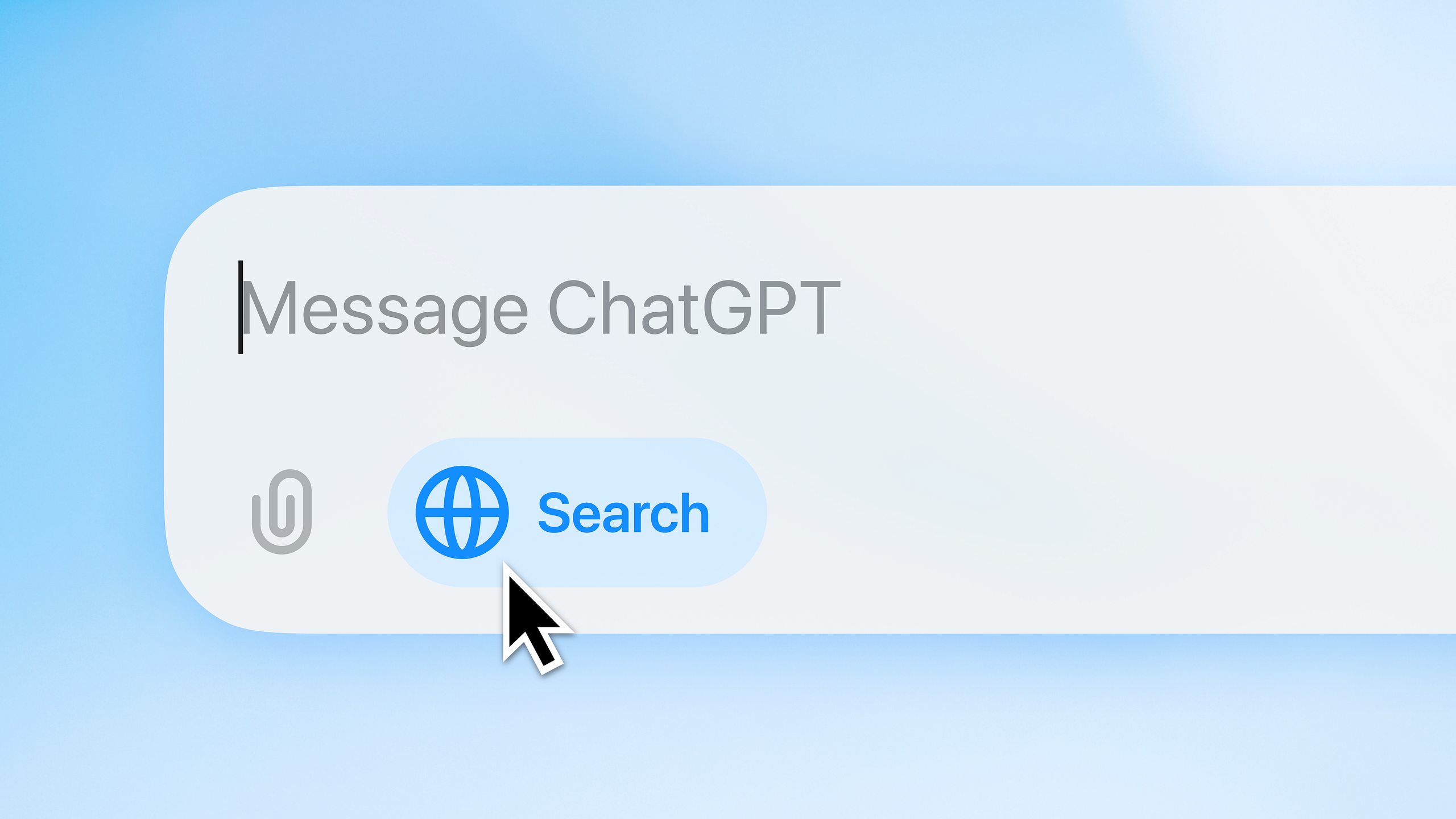
As of 2025, ChatGPT (especially with GPT-4o) has become deeply integrated into my dev workflow, content creation, and problem-solving habits.
Why I pay for it:
Debugging buddy: Explaining a bug to ChatGPT often leads me to the fix.
Learning assistant: I use it to simplify concepts, understand regex, or explore unfamiliar libraries.
Content co-pilot: From drafting Medium headlines to outlining course modules — it speeds up ideation.
Multi-modal magic: Uploading screenshots or diagrams and getting feedback? Game changer.
With GPTs and memory, it now remembers context across sessions — so it feels like my personal work assistant.
The most versatile AI tool in my stack — worth every rupee.
Conclusion: Buy Time, Not Just Tools
As a software engineer in 2025, I’ve realized that the best subscriptions don’t just add features — they subtract friction.
Each of the five tools above helps me:
- Move faster without compromising quality
- Communicate better with cross-functional teams
- Stay curious, creative, and continuously learning
And that, to me, is a worthy investment.
If you’re feeling overwhelmed by subscription overload, try this simple litmus test: Would I miss this tool tomorrow if it disappeared? If the answer is yes — it’s probably worth paying for.
In a world full of SaaS noise, these five tools help me do one thing well: focus on what really matters — building great software.




